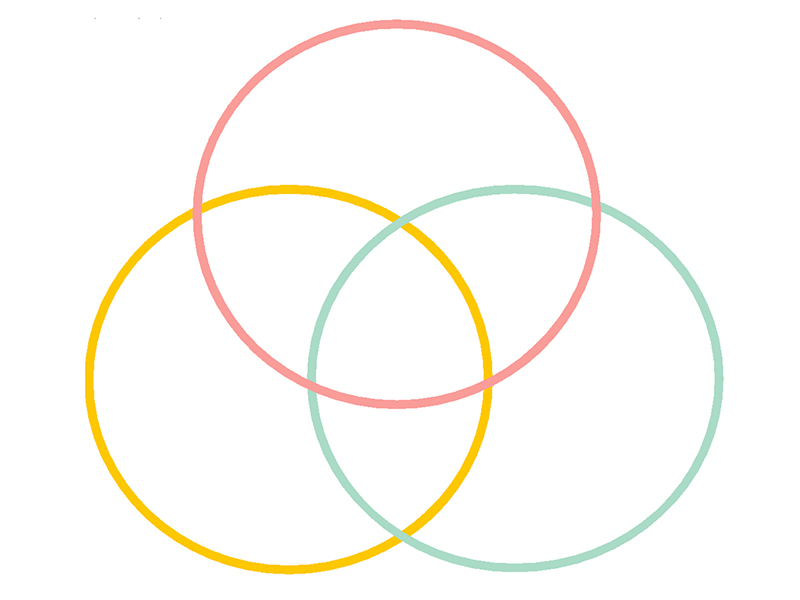木藝遊趣環保愛臺灣

木藝遊趣環保愛臺灣
木藝遊趣環保愛臺灣
Numerous cases of elementary school wood-based education are being implemented in Taiwan. However, the integration of STEAM maker education, interdisciplinary approaches, SDGs concepts, and the assessment of teaching effectiveness and research in relation to these elementary school curricula are relatively rare. This proposed project aims to span over a period of three years, focusing on the Wood Education Academy’s STEAM maker education and SDGs themed interdisciplinary teaching. The project emphasizes the concept of sustainable coexistence between forests and humans, integrating diverse instructional design principles and methods. The goal is to develop and test specific Wooderful plans and recommendations, making a contribution to future interdisciplinary integrated teaching and related research.
In the first year of the project, existing products from domestic and international markets will be collected, analyzed, and summarized. The main focus of this stage will be on design strategies, design proposals, and initial prototype production. Through literature review, qualitative research, interviews, questionnaire surveys, and other methods, opportunities for the Wood Education Academy, interdisciplinary STEAM, maker education, and SDGs teaching tools research projects will be explored. The relevance between influencing factors will be compiled and analyzed to facilitate the formulation of the second-year plan and outcome development.
In the second year of the project, activities such as material and cost assessment, prototype production, design revisions, patent applications, series product development, mass production, and marketing planning will be carried out as important objectives. The development specifications set in the first year’s research results will be confirmed, vertical integration of the industrial chain will be implemented, and horizontal assessment of field experiences will take place.
The focus of the third-year project is to establish a collaborative learning platform. Using elementary schools in the northern region as bases for Wooderful toy design instruction, at least five schools will be invited to participate in the project promotion. Collaboratively formulating teaching program processes and outcome assessment standards will enable the promotion and adaptation of comprehensive teaching plans. Active negotiations for teaching test sites and pathways will take place, with the aim of benefiting the realization of Wooderful toy design in the field of education.
![]()
Friedrich Froebel regarded toys as divine gifts, and through play, students’ potential is allowed to unfold, revealing their inherent inner qualities that manifest outwardly. Additionally, the stimulation from playful activities can guide the further development of potential, internalizing experiences from the external environment, enriching the depth of the mind, and initiating another form of inner learning known as “Outer-inner.” This project aims to center around elementary school design thinking instruction, attempting to combine aspects such as play, sensory creation, STEAM maker education, and SDGs issues to identify opportunities aligned with the project’s developmental direction.
Based on the previous experiences of the research team in primary education wood-based and toy-related research projects, the framework of Wood Education Academy’s STEAM maker education and SDGs has been refined. The curriculum must consider aspects such as children’s physical and mental development, Wood Education Academy, STEAM maker education, SDGs, and the educational tools market mechanism. The integration of safety, interaction, and creativity as teaching content is aimed to develop Wood Education Academy’s STEAM maker education and SDGs curriculum suitable for primary school children. Woodwork is used as a medium for this pedagogical approach. This teaching plan encompasses sections such as unit names, learning dimensions and objectives, materials and tools, pre-class preparation, contextual guidance, production processes, activities and experiments, modifications, and recommendations. The dimensions of woodwork learning include six categories: bonding, sanding, nailing, assembly, drilling, and sawing. The curriculum development spans three levels of difficulty: beginner, intermediate, and advanced. The beginner level focuses on basic woodwork such as bonding, sanding, and assembly. The intermediate and advanced levels require a foundational knowledge and skillset in woodworking. The unit designs extensively incorporate STEAM maker education and SDGs curriculum design.
附圖說明

木育學堂分析元素關係圖

木育教案難度分級
Analyze the development trends of interdisciplinary STEAM maker education and SDGs curricula for the Wood Education Academy and elementary education.
Develop interdisciplinary STEAM maker education and SDGs curricula for wood-based education along with assessment tools, and conduct testing and evaluation.
Promote and implement the development of Wood Education Academy’s STEAM maker education and SDGs curricula in distinctive elementary school courses.